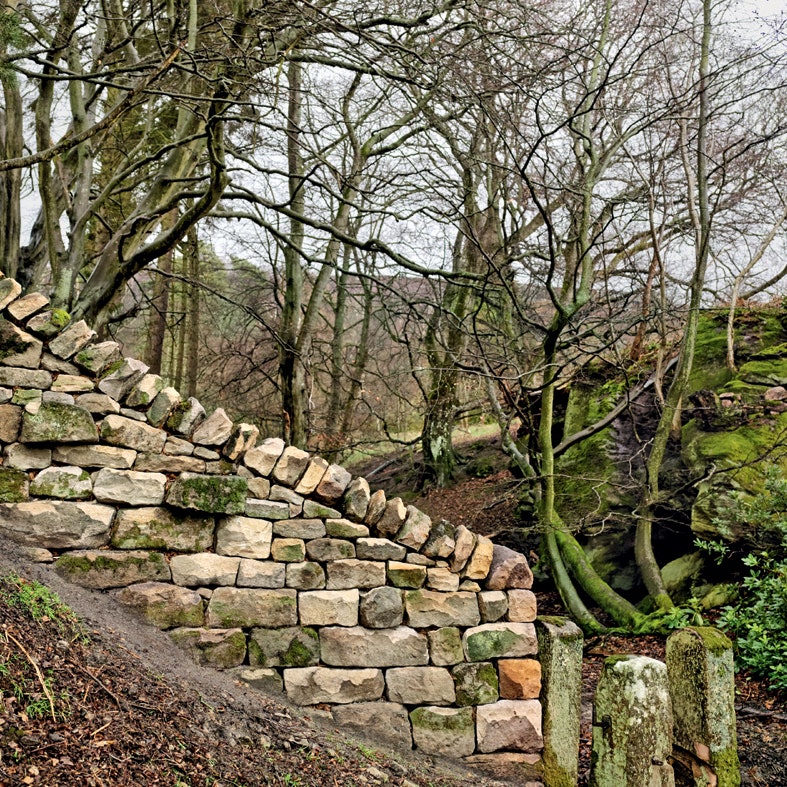The Art of Dry Stone Walling: A Timeless Tradition
Ireland, with its lush green landscapes and rich cultural heritage, is home to a unique craft that stands the test of time: dry stone walling. This ancient building technique, dating back centuries, not only showcases the craftsmanship of the Irish people but also serves as a testament to the sustainable and enduring nature of dry stone structures.
Unraveling the Mystique: What is Dry Stone Walling?
Dry stone walling is a construction method that involves stacking stones without the use of mortar to create sturdy and visually appealing structures. In Ireland, this technique has been employed for various purposes, including property boundaries, agricultural enclosures, and even as foundations for buildings. The artistry lies in the careful arrangement of stones, relying solely on their interlocking shapes to create a stable and resilient wall.
The Craftsmanship Behind the Walls
Craftsmen, known as “stonemasons” or “wallers,” play a pivotal role in preserving and advancing the tradition of dry stone walling. These skilled artisans possess a deep understanding of the local stones, selecting each one with precision to ensure a snug fit and structural integrity. The craftsmanship involved is not merely about stacking stones but about creating a harmonious balance between form and function.
From the meticulous selection of stones to the strategic placement of key structural elements, every step requires a keen eye and a steady hand. The result is not just a wall but a work of art that reflects the natural beauty of the landscape and the skill of the craftsman.
Ireland’s Dry Stone Heritage: A Journey Through Time
As one traverses the Irish countryside, the prevalence of dry stone walls is impossible to ignore. These structures, some weathered by centuries, tell a story of Ireland’s agricultural history and the enduring spirit of its people. The walls serve as silent witnesses to the toil of generations past, delineating fields, marking boundaries, and standing tall against the elements.
Environmental Sustainability at its Core
One of the remarkable aspects of dry stone walling is its eco-friendly nature. Without the need for mortar or other synthetic materials, the construction process has minimal environmental impact. The walls allow for natural water drainage, preserving the delicate balance of local ecosystems. In an era where sustainability is a growing concern, the ancient craft of dry stone walling stands out as a shining example of harmony between human needs and environmental preservation.
Embracing the Craft: Learning and Preservation Efforts
In recent years, there has been a renewed interest in preserving and promoting the art of dry stone walling. Organizations and workshops dedicated to teaching these traditional techniques have emerged, ensuring that the skills and knowledge are passed down to future generations. This revival not only celebrates the cultural heritage of Ireland but also contributes to the maintenance and restoration of existing dry stone structures.
Challenges and Solutions
Despite the resurgence of interest, dry stone walling faces challenges in the modern era. Urbanization, changes in agricultural practices, and a shift towards more contemporary construction methods pose threats to the preservation of this ancient craft. However, enthusiasts and conservationists are actively working to address these challenges, emphasizing the cultural and environmental significance of dry stone walls.
FAQs: Answering Your Curiosities
Q1: How long does it take to build a dry stone wall?
Building a dry stone wall is a meticulous process that depends on various factors, including the size of the wall and the experience of the craftsman. On average, a skilled waller can construct about one to two meters of wall in a day.
Q2: Are there specific types of stones used in dry stone walling?
The choice of stones varies based on the region and the wall’s purpose. Generally, locally sourced stones with flat and angular shapes are preferred for their ability to interlock securely.
Q3: Can dry stone walls withstand harsh weather conditions?
Yes, one of the remarkable features of dry stone walls is their resilience. When constructed with proper technique, these walls can withstand various weather conditions, including heavy rain and freezing temperatures.
In conclusion, Ireland’s dry stone walling is more than just a construction method; it’s a cultural legacy etched into the fabric of the landscape. As this ancient craft continues to thrive, it not only preserves the past but also offers valuable lessons in sustainability and craftsmanship for the generations to come.

